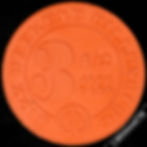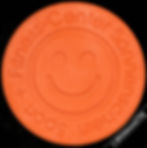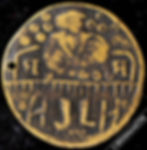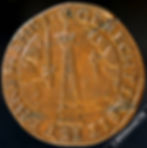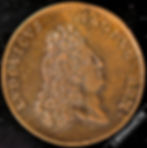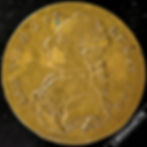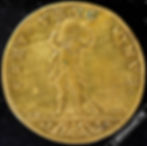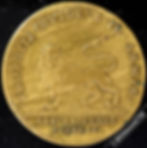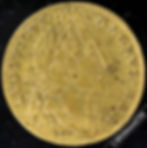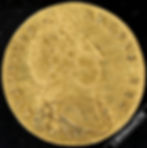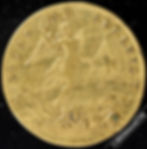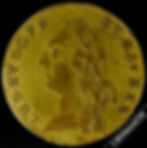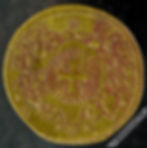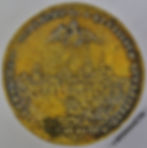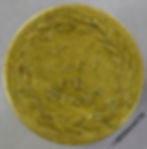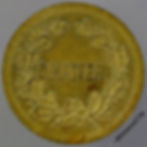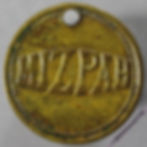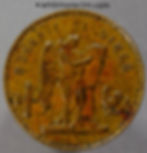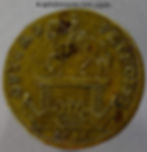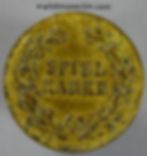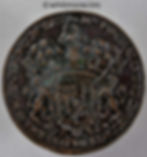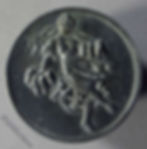JETTONS
If tokens are objects that look rather like coins but are not, there are other objects that appear similar but are neither coins nor circulating tokens.
The origins of jettons, or jetons if the French spelling is preferred, go back to the days when all numbers were written in the Roman figures which are now used regularly only to designate years. When in universal use they were unsuitable for any but the simplest of calculations. For more complex accounting purposes metal discs were employed in conjunction with a chequered cloth or board similar to that used for chess today, and an accomplished operator would cast or throw the discs with great rapidity onto the board. The title Chancellor of the Exchequer derives from this use of the chequer-board in the British Treasury. The discs themselves were known as jettons from the French jeter, to throw. Originally the best sources of suitable discs were the coinage mints, and early jettons are often similar to contemporary coins, but struck in base metal, usually brass. Although plain discs were perfectly suitable for the required function the persons and places involved in their use were often of high status and it became common for jettons to be elaborately designed and to commemorate notable persons or events.
The brass jettons of the 17th and 18th centuries were virtually the only coin-like pieces used in Britain that were imported. The hub of the jetton industry was the city of Nuremburg in Germany, and many of their products were designed specifically for the British market.
The introduction of the Arabic system of numbering with its vital zero made written calculations infinitely simpler, and the jetton in its original function became obsolete. But there was another activity in which coins were thrown onto a table - the gaming table. While the most prosperous would use real coins, the less well heeled and those who might be at risk from anti-gambling laws would use jettons or counters in their place. Gaming counters, as with the earlier jettons, could be designed to commemorate current events, often the same as those celebrated on the larger medallions.


